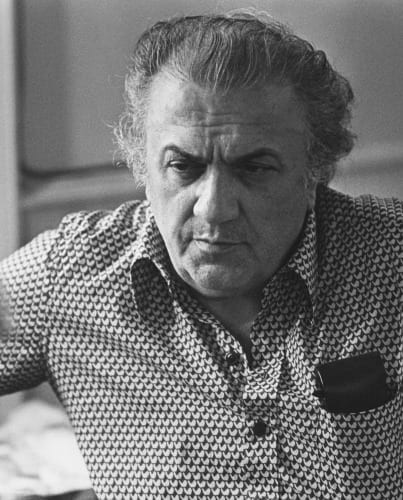

Fellini’s nocturnal world, in fact, has a mysterious, fairy-tale quality. If light, then, is a kind of technical instrument that is just as indispensable as the film camera, exploring the dichotomy the director creates between night and day may reveal hidden symbols and meanings. Light creates miracles, adds, cancels, diminishes, enriches, softens, highlights, alludes it makes the fantastic and the oneiric acceptable and believable and, on the contrary, can suggest transparency, vibrations, mimicking the grayest, most banal reality.» He then adds that «A film is written with light, and style is expressed with light.» In short, light is to a director what ink is to a writer. In his book, “Making a film” (Contra Mundum Press), he writes that «light is ideology, feeling, colour, tone, depth, atmosphere, and story. Fellini believed that light was the first element needed to construct a film. We have decided to celebrate this anniversary by looking at how the great director uses light and shadow to shape his stories. Who knows what Federico Fellini would think of it, as when asked what he thought of his surname being turned into the neologism, Fellinian, he replied: «I had always dreamed of becoming an adjective when I grew up. It even has a name, “Fellini 100” (click here to view the official website listing all the celebrations). This centenary has become a kind of Italy-wide party that will be celebrated for the entire year with numerous events and festivals. 2020 is Fellini year, as Federico Fellini was born on the 20th January 1920 in Rimini, Italy.


 0 kommentar(er)
0 kommentar(er)
